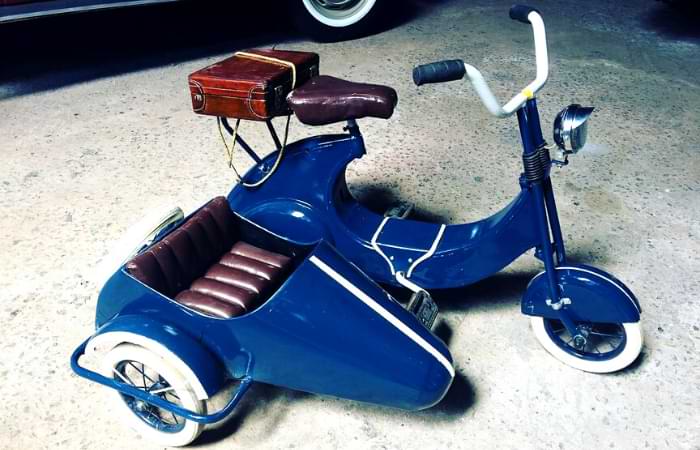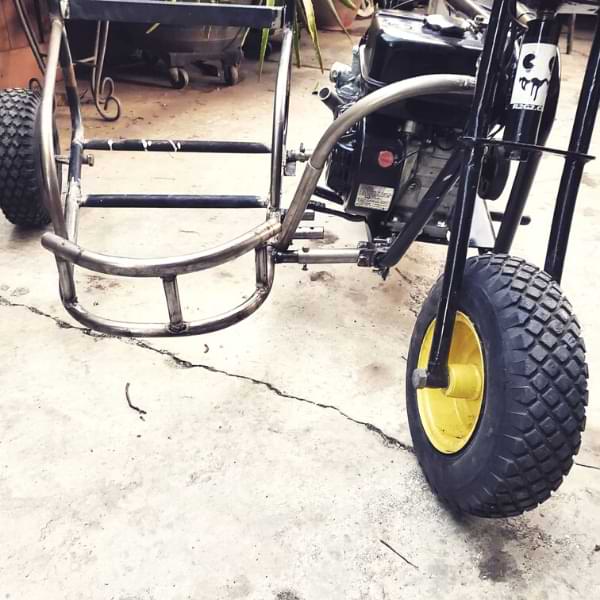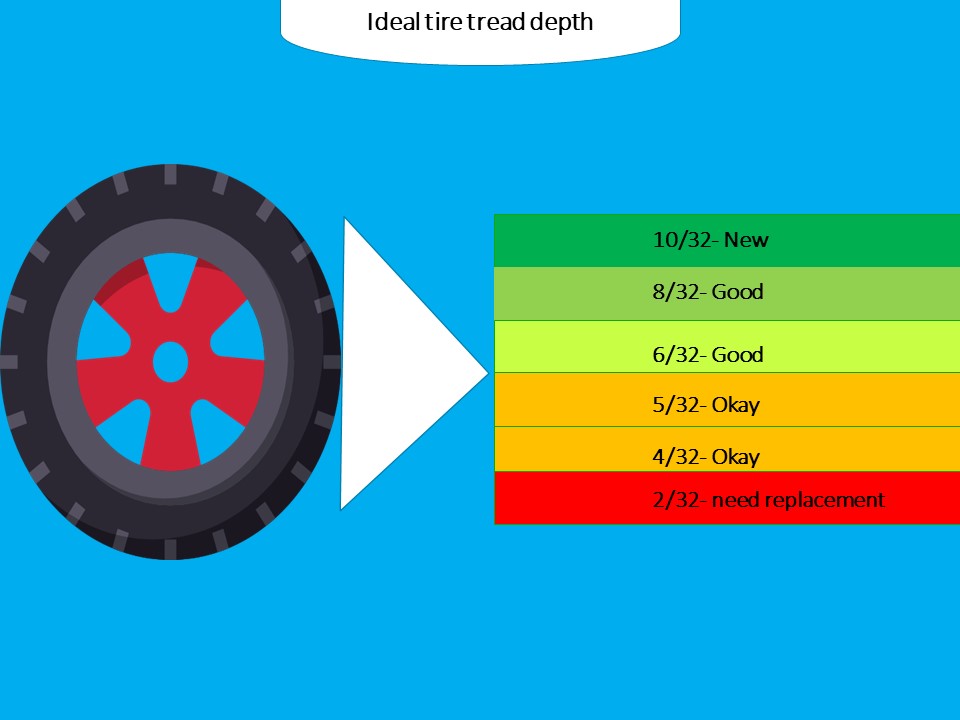Radiator pressure cap and engine’s cooling system: problem and solutions
We use affiliate links and may receive a small commission on purchases. Read more about us.
The importance of a radiator pressure cap can’t be measured through the size of the valve.
Despite being a smaller mechanical device, the radiator pressure cap keeps the engine safe from extreme conditions.
By keeping the coolant pressure and temperature in check, the radiator pressure cap retains the engine’s cooling system’s efficiency for a long time.
Before we understand what a radiator pressure cap is and how it functions, it is important to have some basic knowledge about the engine’s cooling system.
What is the engine’s cooling system?
The cooling system of an engine is the mechanical process that helps in keeping the temperature of the engine within its optimal range.
While generating power for the pistons to move up and down continuously inside the engine’s cylinder chamber, the engine generates heat simultaneously.
Some of the heat is carried away by the exhaust gases through the exhaust valve.
The remaining heat however is consumed by the engine itself. As a result, the engine gets heated as well when generating power.
To bring back the temperature within its normal range, the engine’s coolant system plays an important role.
The coolant used in the engine’s cooling system absorbs that excessive heat to bring back the engine’s temperature within its optimal range.
How does the engine’s cooling system work?


The parts of an engine’s cooling system are-
- Water pump (pumps coolant around the cylinder chamber from the lower radiator tank)
- Fan (helps the coolant temperature to pass to the air)
- Water pump (pumps the coolant)
- Coolant reservoir (collects the coolant)
- Thermostat (prevent coolant flow to the radiator unless the temperate of the coolant reaches a certain level)
- Heater core (transfers the heat from the coolant to the air)
- Radiator pressure cap (reduces the coolant pressure and temperature)
- Necessary plumbings
The coolant flows from the lower radiator tank to the engine block, then towards the cylinder head, and finally towards the outlet for the radiator.
The function of the coolant here is to absorb the heat coming out from the cylinders so that the engine block does not get overheated.
The radiator pressure cap opens only when the temperature and the pressure of the coolant go over the normal range.
Otherwise, the coolant moves downwards to the radiator.
While flowing downwards, the coolant loses its heat to the air flowing past the space between the flat tubes.
The fan connected to the radiator here increases the temperature transfer rate.
The cooled-down coolant finally reaches the lower radiator tank from where the coolant again circulates back to the engine’s block.
What is a radiator pressure cap?
A radiator pressure cap is a mechanical device connected to the radiator that lowers the pressure and temperature of the coolant passing through the radiator.
Principles behind a radiator pressure cap?


Higher temperature builds higher pressure. When the coolant enters the upper radiator tank, the excessive heat increases the coolant pressure.
Excessive pressure then opens up the radiator pressure valve.
The coolant then passes through the radiator pressure valve until the temperature comes down to the appropriate level.
The cooled-down coolant then passes to the overflow tank from where the coolant again returns to the engine chamber.
How does a radiator pressure cap work?
An internal combustion engine’s radiator pressure valve is usually designed to open at 15psi.
While passing through the radiator, if the pressure of the coolant goes above 15psi, the radiator pressure cap opens, allowing the heated coolant to pass through the radiator pressure valve.
At such a juncture, coolant passes both through the upper and lower parts of the radiator.
As a result, the pace of the coolant flow remains in the optimal range.
Major benefits of having a radiator pressure cap
A radiator cap might be cheap, but it is the most overlooked item of any internal combustion engine’s cooling system.
Here are the top five benefits of a radiator pressure cap-
- A radiator pressure valve protects the engine from overheating.
- The device aids the radiator in functioning properly.
- The radiator cap transports the coolant to the coolant reservoir from where the coolant again goes back to the radiator for recirculation. As a result, the coolant always stays at a proper level.
- The radiator cap prevents air from getting inside the coolant system.
- Finally, the radiator pressure cap allows the coolant to expand and contract to prevent any vulnerabilities inside the cooling system.
In a nutshell, a radiator pressure cap ensures that the cooling system of an internal combustion engine keeps running even if the temperature level of the coolant goes up.
Pressure Conversion Chart:
| PSI | kPa |
|---|---|
| 4 | 30 |
| 7 | 50 |
| 10 | 70 |
| 13 | 90 |
| 14 | 95 |
| 15 | 100 |
| 16 | 110 |
| 17 | 120 |
| 18 | 125/130 |
| 19 | 130 |
| 20 | 135/140 |
| 21 | 145 |
| 22 | 150 |
| 30 | 200/205 |
What can happen if a radiator pressure cap is damaged?
A faulty radiator pressure cap can cause the following problems inside an engine’s cooling system-
- Coolant leak
- Radiator overflow
- Radiator hose may damage
- Air will intervene in the cooling system
- Overheated engine
- The level of the coolant will drop
Remedies of the radiator pressure cap and cooling system problems
1. Coolant leak
Probable causes | Solutions |
Lose hose clamp | Tighten the hose clamp |
Leaked hose | Hose replacement |
Radiator leak | Repairing the radiator |
Damaged water pump | Sealing water pump or changing the packing |
Lose core hole plug | Replace with a new plug |
2. Internal leakage
Possible causes | Solutions |
Faulty head gasket | Change the faulty gasket |
Broken head valve compartment | Change the head |
Broken valve port | Replacing the head or block |
Broken push rod compartment | Changing the block |
Broken cylinder | Changing the block |
Leak in the oil cooler | Repairing or replacing the oil cooler |
3. Weak coolant flow
Possible causes | Solutions |
Low coolant level | Need to fillup the radiator to the right level |
Broken radiator hose | Hose replacement |
Oily or loose fan belt | Replacing or tightening the fan belt |
Air leaks through the bottom hose | Need to place the hose clamp in the previous position |
Faulty thermostat | Thermostat replacement |
Lose or broken impeller | Need to change the impeller assembly |
Blocked radiator water passage | Reverse flushing the radiator or cleaning |
Closed engine water jacket | Reverse flush or cleaning the cooling system |
4. Engine overheating
Possible causes | Solutions |
Low coolant level | Fill up to the right level |
Blocked radiator air passage | Cleaning the air passage by contracting the air pressure |
Incorrect ignition timing | Correcting the ignition timing |
Low lube oil level in the engine chamber | Need to add lube oil until it reaches the right level |
Faulty valve timing | Correcting the valve timing |
Faulty radiator pressure cap | Radiator pressure cap replacement |
Frosted coolant | Need to melt the frosted coolant using an antifreeze solution |
5. Radiator overflow
Possible causes | Solutions |
Overfilled radiator | Adjust the coolant to the right level |
Foamy coolant | Flush the cooling system and add essential additives |
Air leaks through the bottom part of the radiator | Reposition the hose clamp to its earlier position |
Damaged head gasket | Replacing the head gasket |
6. Low engine temperature
Possible causes | Solutions |
Faulty thermostat | Replacing the thermostat |
Faulty temperature gauge | Replace the gauge |
Faulty temperature unit | Replacing the temperature unit |
7. Noisy water pump
Possible causes | Solutions |
Faulty sealing | Replacing the sealing or lubricating the system |
Faulty bearing | Changing the bearing or pump assembly |
8. Water freezing
Possible causes | Solutions |
Low temperature | Use anti-freeze solution |
Not using any anti-freeze solution | Use antifreeze solution |
Weak solution | Add new solution |
9. Dirt in the cooling system
Possible causes | Solutions |
Using dirt water | Need to use clean water |
Lube oil or grease intervene in the cooling system when the head gasket is damaged | Changing the gasket |
Damaged water-bearing, shaft seal, or gasket | Replacing the water pump kit |
Radiator pressure cap
From preventing airflow inside the cooling system to keeping the coolant in place, the radiator cap does a lot of good deeds to keep the engine chamber wholesome.
The size of the radiator cap might be smaller, but the device does help an internal combustion engine to function properly.








